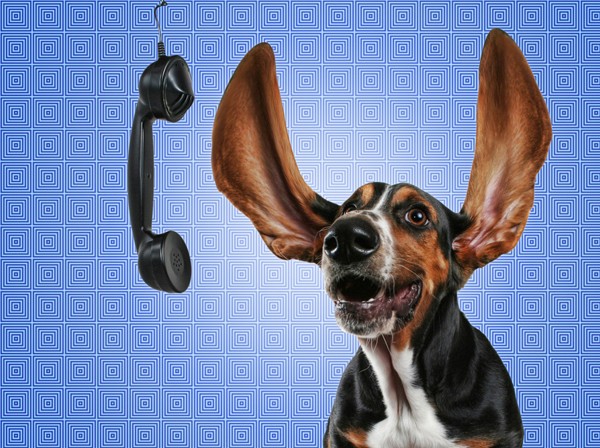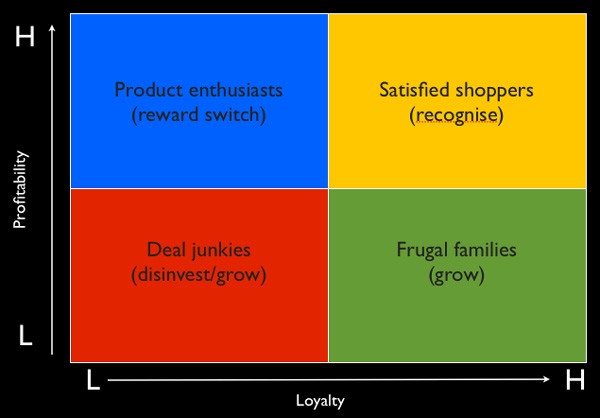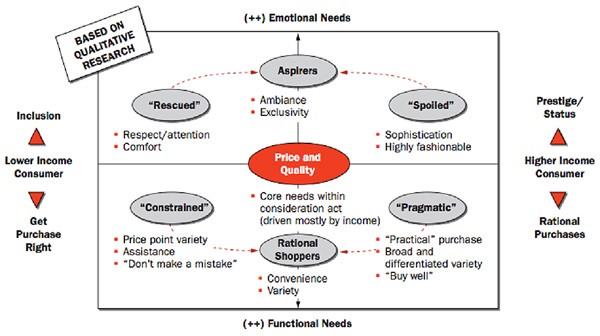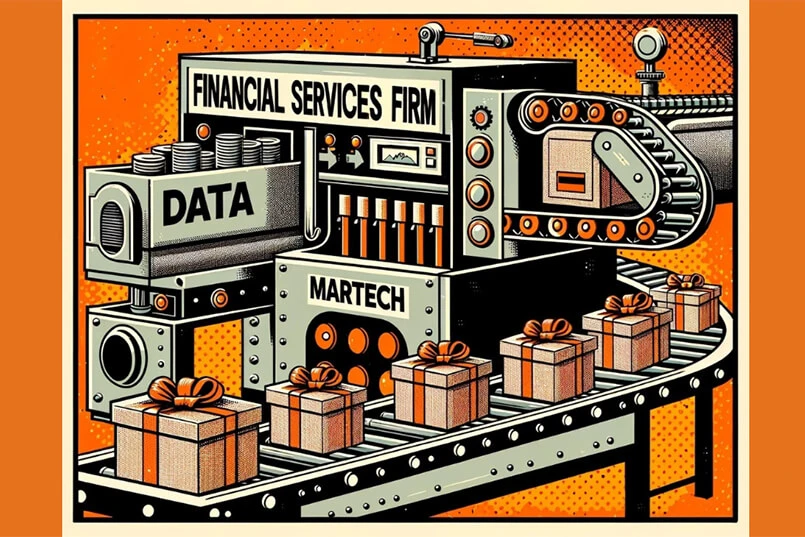Welcome to the 5th Chapter of “The Ultimate Guide to Digital Marketing in a Data-driven World”. If you missed Chapter 4 you can read it here.
This is one of a series of 11 posts or if you want to get the entire book in one hit you can download the full book here.
As mentioned in the previous chapter, in order to create a truly customer-centric strategy, you will need to identify your best, most profitable customer profiles and understand what drives their behaviour.
In this Chapter we look at how to establish customer segmentation and explain the shift from simply identifying functional drivers to also understanding emotional drivers.
Once we have dealt with establishing your customer segments and brand values, we will outline the importance of maintaining a clear persona and tone of voice, in order to differentiate your brand from those of your competitors.
Establishing segmentation
Have you ever heard this?
We need more one-to-one marketing and an econometric model to truly deepen our customer segmentation.
At TrinityP3, we hear this regularly from clients evolving from brand-based advertising to a more direct customer model as they enter the world of e-commerce and data-driven digital marketing.
But while new technology allows massive amounts of data to be crunched relatively easily and quickly, this doesn’t necessarily mean that you need to apply a pure one-to-one model – notwithstanding the fact that many financial institutions espouse talking at a one-to-one level based on financial holdings and a customer’s predictive propensity to purchase.
We also regularly see segmentation models with 10–20 overarching customer segments. But while these look scientific and highly targeted, they often fail to effectively deliver on business objectives.
They simply aren’t practical, nor are they worthwhile considering the effort required to apply them. As budgets get squeezed, many segments are simply not showing the YOY (year-on-year) profit growth that was predicted.
The fact is that the companies that are achieving success with direct-to-customer digital marketing have simplified their segmentation to 3–7 core segments with overarching attributes.
Even more significantly, these segments are based on a buying life-cycle and life-stage segmentation rather than the old RFM (recency, frequency, monetary) model – organisations succeeding in this space are adding ‘length of relationship’ to create a more robust RFML model.
So before establishing your segmentation or evolving your current segmentation, it is important to heed these three observations:
1. Chaos
As mentioned previously, the digital ecosystem has made the marketing and consumer-behaviour landscape a more chaotic and unpredictable one. This means that a large number of relatively static and predictable customer segments are ineffective in today’s digital world.
2. Multi-tasking
As the digital world diverges, consumer behaviour is migrating to multi-tasking. Media consumption has rapidly changed from a one-form-at-a-time activity to a multiform one. According to eMarketer, in 2013, ‘the average US adult will spend over 5 hours per day online, on non-voice mobile activities or with other digital media … compared to 4 hours and 31 minutes watching television.
Daily TV time will actually be down slightly … while digital media consumption will be up 15.8%’. eMarketer also reports that 57% of Americans use smartphones, 67% use PCs, 75% use tablets and 77% use TVs while also using another device (source: Digital set to surpass TV).
As our behaviour changes, so too does our desire to be segmented into one profile. Human beings are now busily juggling their work, private lives, split parenting, sports, cultural activities, and social community and real community involvement, sometimes all within 24 hours!
3. Control
We have moved from the brand (or company) being in control of the distribution process to consumers controlling marketing activity and choosing their preferred form of information and delivery method. We have shifted from preset segments to an approach that allows customers to self-segment either via preference centres or the digital behaviour they exhibit.
In light of these three observations, you will need to develop a deeper understanding of the critical customer behaviours that you desire in order to deliver profit, as well as identify the variables that define a customer who exhibits specific behaviour. This will help you formulate a more practical and effective customer segmentation strategy.
It is also crucial to define your brand persona. This process, which is part of defining your mission, vision and values (as discussed in Chapter 3), will help you clarify the real benefit you offer customers and who you ultimately want to appeal to.
Brand personas and archetypes
Let’s look at how to identify your brand persona using the archetypes conceived by Swiss psychologist Carl Jung. Jung believed that universal, mythic characters – archetypes – reside within the collective unconsciousness of people the world over. He decided there were 12 such archetypes, each symbolising a basic human need, aspiration or motivation, and capable of evoking deep emotions:
- The Sage – uses intelligence and analysis to understand the world
- The Innocent – associated with goodness, morality, simplicity, nostalgia or childhood
- The Explorer – has a desire to explore, and to experience a better, more authentic, more fulfilling life
- The Ruler – exercises power to create a prosperous, successful family or community
- The Creator – develops artistic control and skill to realise a vision
- The Caregiver – does things for others
- The Magician – wields transformative power to make dreams come true
- The Hero – demonstrates mastery in a way that improves the world
- The Outlaw – acts disruptively to overturn what isn’t working
- The Lover – intent on becoming more and more physically and emotionally attractive, and on nurturing relationships with the people, work and surroundings they love
- The Jester – prioritises having a great time and lightening up the world
- The Regular Guy/Girl – embraces ordinary, solid virtues to be down-to-earth and approachable, to connect with others
Marketers can use one archetype or a combination of archetypes to anchor their brands in territory that connects with the people they want to target. Customer segments and personas can then be matched back to the archetypes. This will help you create a common tone of voice for all your communications, which can then be tailored to each segment.
Some golden segmentation tips
As mentioned previously, your segmentation should not be overcomplicated. Rather, you should look for significant distinguishing variables and factors. Here are 10 tips for developing a robust segmentation strategy:
- Segments should be significantly different in terms of their defining characteristics, otherwise you may as well have one segment!
- Segments should deliver significantly different outcomes in terms of profit and business value, otherwise why bother to differentiate your marketing! At TrinityP3 we see this time and time again. We ask businesses with many segments how these vary by profit, only to learn that there’s very little variance. If you’re going to spend your marketing budget on creating multiple versions of communication (segmented marketing), then it stands to reason that you should expect an exponential return to make this viable.
- Segments should clearly identify like-minded people using demographic factors such as gender, marital status, family make-up, income, employment status and ethnicity. The 2011 Australian Census revealed that 26% of Australia’s population was born overseas and a further 20% had at least one overseas-born parent. Will this statistic influence how you group customers?
- Alternatively, segments might clearly identify like-minded attitudinal factors such as lifestyle, interests, opinions and preferences. For example, a company that sells beauty products might identify knowledge about beauty as a key definer of segmentation in order to increase product uptake as this knowledge increases.
- Segments can also exhibit similar geographic characteristics. For example, a retailer might define purchasing characteristics based on a customer’s proximity to a store. These may also be impacted by an analysis of competitor store locations and potential overlaps and influence.
- Segments can be generationally driven or they may transcend generations and tap into unifying emotional connections. Traditionally, life stage was a major factor in setting segmentation strategy. However, with the rise of the ‘global village’ and digital technology that enables greater access to information, it has become much easier to segment like-minded ‘tribes’.
- Segments can be created using a key life event or trigger; for example, having a baby, marriage, divorce, turning 50 etc. Be careful with life-stage segmentation, however. People who vary greatly in age may have common beliefs and attitudes, in which case they may ultimately be situated in the same segment.
- Segments can be based on the level of knowledge and understanding of your brand and product. You might therefore choose to segment based on life cycle and migrate your customers through a knowledge-based approach that will impact on the potential for purchase and repeat purchase. This could also allow you to develop a media attribution model whereby you can associate different forms of media with the impact they have on migrating a customer to purchase, rather than simply looking at the last clicked (used) media.
- Segments can be based on behavioural characteristics. In today’s digital, socially connected world, you might decide to identify your social advocates – those consumers who are highly active in creating and sharing digital content through social media, blogs, platforms and networks. You might also identify e-commerce buyers and prior purchase customers.
- Segments can also be based on predictions – the propensity to purchase and econometric models can be used to identify the potential for a group of customers to make an additional purchase.
Listen and learn
To round out this chapter, we want to remind you that you need to listen to your customers in order to become a truly customer-centric organisation that delivers effective digital marketing.
Digital media enables you to assess consumer sentiment and understanding on a scale never before possible. Social media–monitoring tools allow you to identify sentiment towards your brand and competitors and other market themes, as well as track conversation, pinpoint social influencers and analyse the effectiveness of your marketing activity.
Feedback also can be harnessed immediately, in real time, so it is critical to understand what your customers want from you before finalising your segmentation. Don’t be afraid to use surveys and feedback forms to identify consumer characteristics, behaviours and emotional drivers – to pinpoint what makes them different to other customers. Armed with these insights, you might decide there are only three or four truly different segments.
Here’s an example of a simplified four-segment approach based on level of profitability and loyalty (as identified by the RFML model):
And here is an example of a six-segment approach based on emotional needs versus functional needs, and high-value versus low-value consumers:
Source: Booz Allen Hamilton
In the next chapter we focus on developing compelling digital marketing ideas in this new collaborative era. You must now concentrate on bringing your strategy to life. You can read Chapter 6 here.
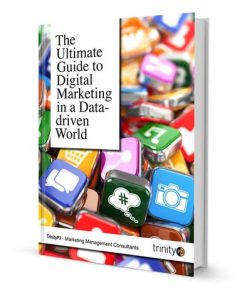
This comprehensive Guide will not only demystify the world of digital and data by explaining how it works, it will also help you put some logic back into your marketing approach.
There are no bells, no whistles, no hype.
This Guide simply aims to help marketers get back to basics, business logic and follow the path from confusion to clarity…

